Why tracking your meals could literally save your heart (and make eating better way less annoying)
Let’s talk about your heart for a second. It’s pretty important, right? That little muscle pumping away in your chest is keeping you alive as we speak.
But here’s the thing – heart disease is still the #1 killer worldwide. And unlike your genetics (which you can’t change), what you eat is 100% in your control.
Enter meal tracking: the unsexy but super effective way to actually pay attention to what you’re putting in your body. And with tools like MealByMeal.com that let you just text your meals instead of logging every bite in some complicated app, it’s gotten WAY easier.
So let’s dive into why keeping tabs on your food might be the heart-saving habit you didn’t know you needed.

How Meal Tracking Can Actually Save Your Heart
Look, I’m not saying you need to obsessively count every calorie or macro for the rest of your life. But being more aware of what you’re eating? That’s just smart.
Heart disease doesn’t just happen overnight. It builds up over years of eating habits that slowly clog arteries, raise blood pressure, and inflame your system.
The good news? Small, consistent changes to your diet can dramatically lower your risk. And meal tracking is like having a personal accountability buddy that never gets tired of helping you make better choices.
5 Ways Meal Tracking Benefits Your Heart
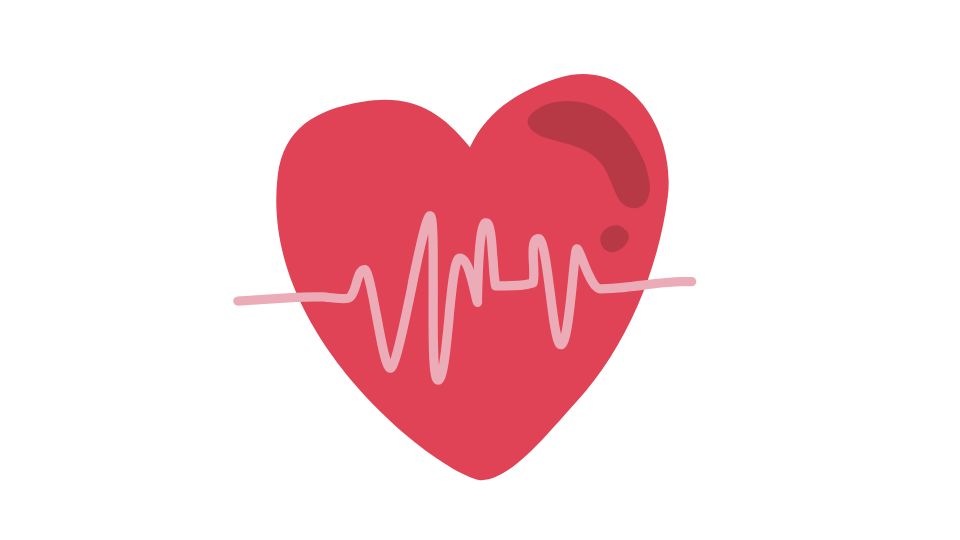
1. Makes You Actually Notice What You’re Eating
When was the last time you really paid attention to your portion sizes? Or realized how many processed foods you eat in a day?
Most of us are on autopilot with our eating. We grab whatever’s convenient, eat until we feel full, and don’t think twice about it.
Meal tracking forces you to be conscious of what’s going into your body. That awareness alone is powerful. Studies show that people who track their food tend to make healthier choices just because they’re paying attention.
When you know you’re going to log that handful of chips or extra slice of pizza, you might think twice. And when you see your daily sodium intake is through the roof, you might swap out that processed lunch for something fresher tomorrow.
2. Helps You Balance Fats (The Good, Bad, and Ugly)
Not all fats are created equal, and your heart knows the difference.
Tracking helps you see if you’re getting enough of the heart-protective fats (like omega-3s from fatty fish and walnuts) while keeping the artery-clogging saturated fats in check.
For example, swapping butter for olive oil might seem small, but done consistently over time? That’s the difference between fat that damages your arteries and fat that helps reduce inflammation.
And without tracking, it’s really hard to know if you’re getting that balance right.
3. Reminds You to Eat the Foods Your Heart Actually Loves
When you track your meals, you’re more likely to include foods that are scientifically proven to boost heart health:
- Nuts (especially walnuts) contain fiber, magnesium, and healthy fats that lower cholesterol and blood pressure
- Beans help reduce cholesterol and control blood sugar
- Fatty fish like salmon pack omega-3s that improve heart rhythm and lower blood pressure
- Even dark chocolate (in moderation) contains antioxidants that support blood vessels
Tracking helps you remember to incorporate these foods regularly instead of just when you happen to think about it.
4. Shows You Where Salt and Sugar Are Hiding
High blood pressure is a major heart disease risk factor, and excess sodium is often the culprit.
Similarly, added sugars contribute to obesity and metabolic problems that affect your heart. But here’s the kicker – most people have no idea how much sodium and sugar they’re actually consuming.
That’s because these ingredients hide in places you wouldn’t expect. Bread, canned soups, salad dressings, and even “healthy” granola bars can be loaded with them.
Meal tracking helps quantify your actual intake from both whole and processed foods. Once you see the numbers, it becomes easier to make swaps like fresh veggies instead of salty snacks, or unsweetened options instead of sugary drinks.
5. Gives You Real Data to Make Personal Adjustments
Everyone’s body is different. What works for your friend might not work for you.
Meal tracking provides personalized data that highlights your specific patterns and areas needing change.
Maybe you’ll discover you consistently eat too much saturated fat on weekends. Or perhaps you’ll notice you rarely hit your fiber goals, which is important for cholesterol management.
Apps like MealByMeal.com make this easy by letting you text your food and get back macro and calorie breakdowns, so you can set heart-healthy goals that actually make sense for your life.
How to Use Meal Tracking for Maximum Heart Benefits
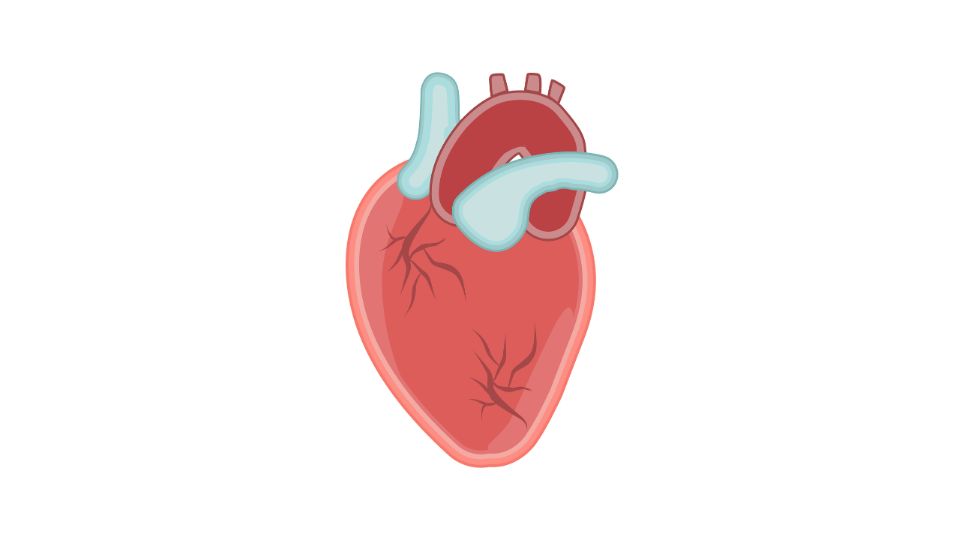
Want to make meal tracking work for your heart health? Here’s how to do it right:
Focus on quality, not just calories. A 300-calorie donut and a 300-calorie salmon and veggie meal affect your heart very differently.
Look for patterns over time. One unhealthy meal won’t kill you. It’s the consistent habits that matter most.
Track micronutrients that matter. Beyond the basics, pay attention to fiber, sodium, and types of fat.
Use it as a learning tool. The goal isn’t lifelong tracking—it’s to learn what a heart-healthy diet looks and feels like for YOUR body.
Make sustainable changes. Small, consistent improvements beat perfect-but-temporary restrictions every time.
Why MealByMeal Makes Heart-Healthy Tracking Actually Doable
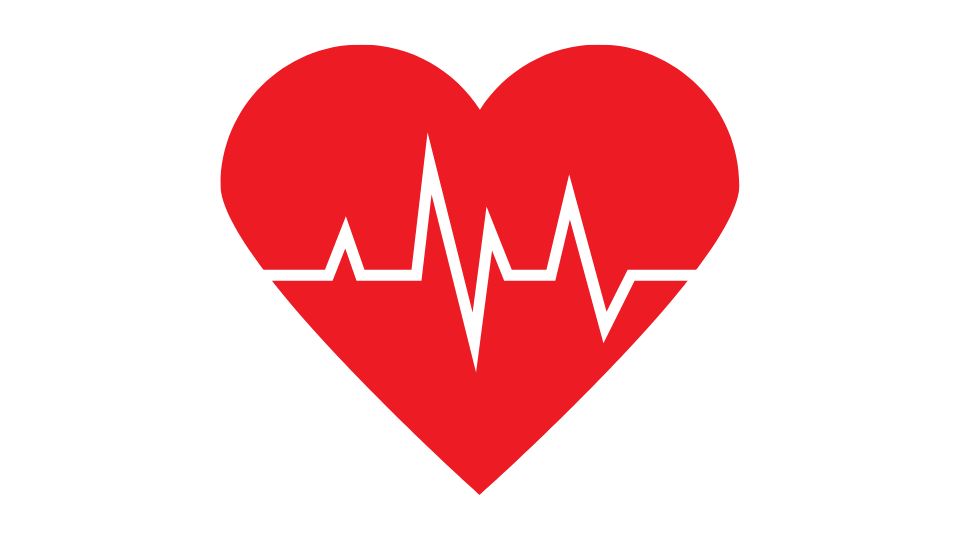
Let’s be real: traditional food logging is a pain. Searching databases, measuring portions, and manually entering every ingredient? Ain’t nobody got time for that.
That’s why I’m intrigued by MealByMeal.com’s approach. You literally just text what you ate (like “turkey sandwich with avocado and 2 oranges”), and it handles the analysis for you.
The beauty is in the simplicity. When tracking is easier, you’re more likely to stick with it. And consistency is what actually moves the needle on heart health.
Plus, it focuses on the metrics that matter most for cardiovascular health—calories, macronutrients, and overall balance—without overwhelming you with every micronutrient under the sun.
Does This Mean I Need to Track Forever?
Absolutely not.
Think of meal tracking like training wheels. Eventually, you learn what heart-healthy eating looks and feels like. You develop new habits and intuition about food choices.
Many people find that a few months of consistent tracking teaches them enough that they can switch to occasional check-ins rather than daily logging.
The goal isn’t to create a lifelong dependency on an app. It’s to rewire your relationship with food in a way that naturally supports your heart health for decades to come.
The Bottom Line
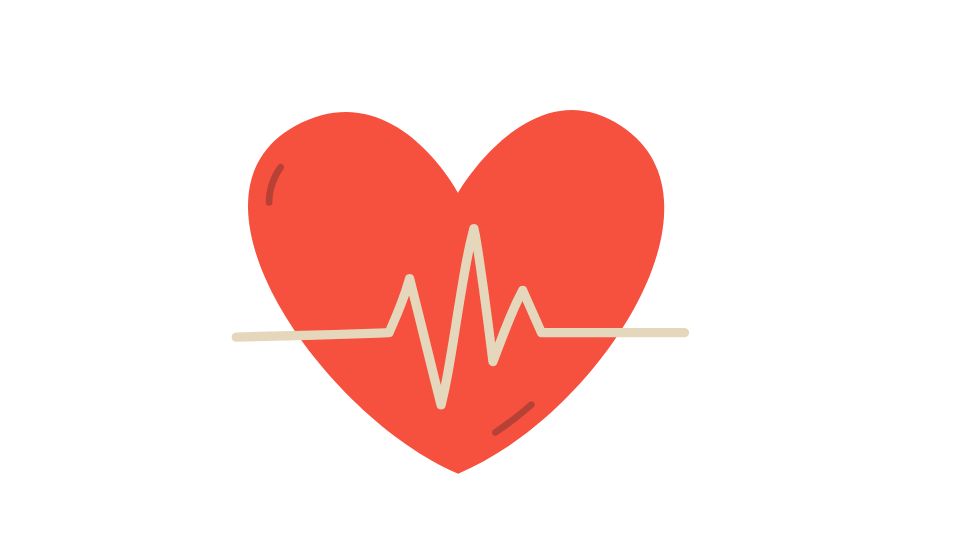
Your heart works 24/7 without a break. The least you can do is pay attention to what you’re feeding it.
Meal tracking isn’t just about weight management (though that helps heart health too). It’s about learning which foods support your cardiovascular system and which ones damage it over time.
With user-friendly tools like MealByMeal.com that let you text your meals for tracking, there’s really no excuse not to give it a try. Your future self—and your heart—will thank you.
And remember, this isn’t about perfection. It’s about progress. Even small improvements in your diet, consistently applied over time, can dramatically reduce your risk of heart disease.
So what are you waiting for? Your heart’s been beating for you since before you were born. Maybe it’s time to start beating for it.



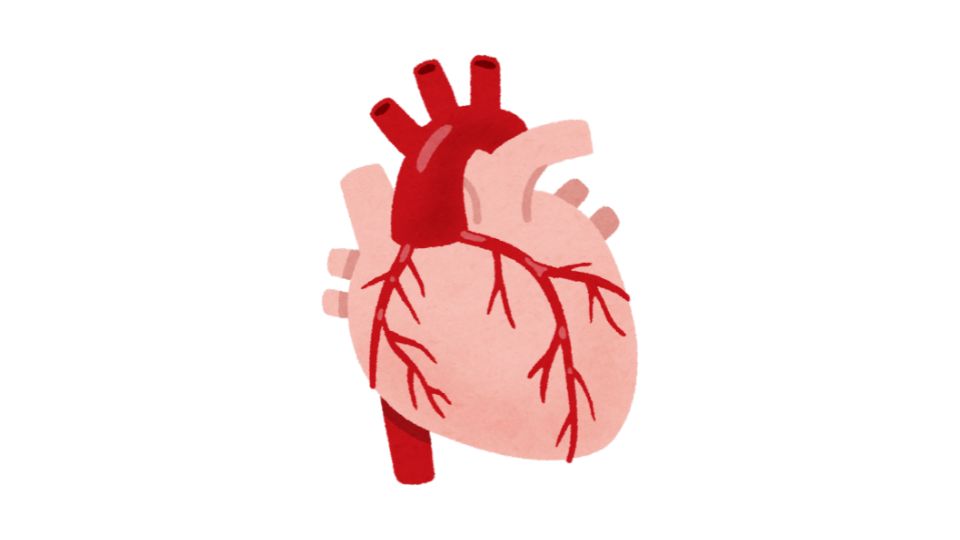
Leave a Reply